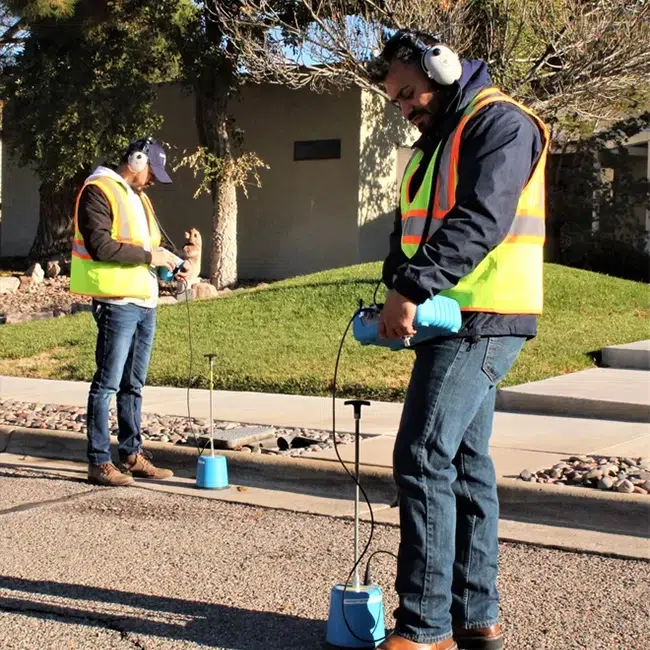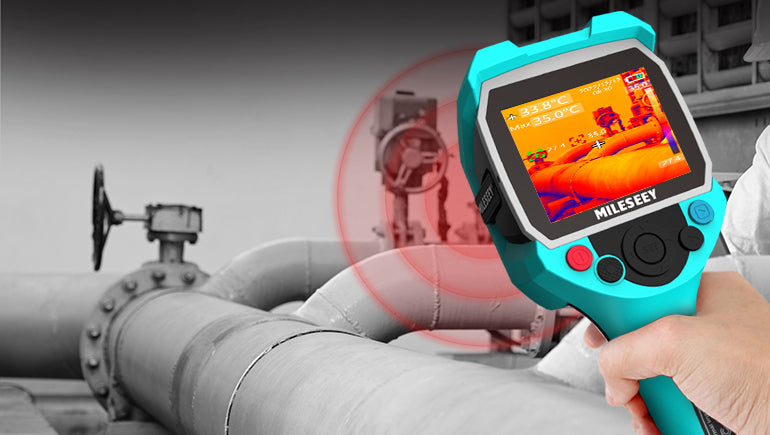Top Water Leak Detection Techniques to Protect Your Residential Property from Water Damages
Top Water Leak Detection Techniques to Protect Your Residential Property from Water Damages
Blog Article
Innovative Solutions for Early Detection of Water Leaks in Structures and Framework
As the stability of buildings and facilities is vital, the challenge of early detection of water leaks has spurred innovative remedies that promise to change the way we guard versus potential damages. From sophisticated leak discovery innovations to the deployment of IoT sensing units for real-time monitoring, the landscape of leak prevention is advancing quickly. Artificial intelligence formulas provide a look right into the future of leakage forecast, while thermal imaging provides a non-intrusive approach for identifying hidden leakages. Automated water circulation analysis systems are improving how leakages are determined and addressed, paving the means for a positive method to water leak detection. Each of these remedies holds the key to guaranteeing the dependability and long life of our built setting, prompting a change in the direction of a more lasting and reliable future.
Advanced Leak Detection Technologies
Advanced leakage discovery technologies, outfitted with cutting-edge sensing units and algorithms, play an essential function in promptly determining and pinpointing water leaks in different setups. These innovations use a combination of acoustic, thermal, and electro-magnetic picking up techniques to spot leakages properly. Acoustic sensing units detect the audio of escaping water, enabling specific localization of the leakage source. Thermal imaging spots temperature level changes brought on by water leakage, giving another effective approach for leakage recognition. Electro-magnetic sensing units can determine adjustments in magnetic fields triggered by water, using yet one more layer of leak discovery ability.

IoT Sensors for Real-Time Surveillance
In the world of contemporary water leak discovery, the integration of IoT sensors for real-time tracking stands for a crucial advancement in boosting aggressive leakage discovery capacities. These sensors provide continual monitoring of water supply, supplying real-time data on water circulation rates, stress variations, and temperature level adjustments. By leveraging IoT modern technology, these sensors can spot even the smallest anomalies in water usage patterns, making it possible for early recognition of prospective leakages before they intensify right into significant issues.
IoT sensors send data to a centralized system, where innovative formulas analyze the details and produce signals or notices when abnormalities are identified. This real-time tracking capability enables homeowner or facility managers to promptly address leakages, lessening water damages, lowering repair service prices, and saving water sources.
In addition, IoT sensors can be incorporated with structure administration systems, enabling automatic reactions to detected leakages, such as turning off water valves or turning on pumps to alleviate the effect of leaks. Overall, the implementation of IoT sensors for real-time tracking considerably boosts the performance and effectiveness of water leak detection in structures and framework.
Machine Understanding Algorithms for Leakage Forecast

One key advantage of making use of artificial intelligence for leak forecast is its capacity to continually learn and improve its accuracy with time. As even more information is collected and fed into the formula, it can refine its forecasts and adjust to changing problems, eventually increasing the reliability of leak detection systems.
In addition, equipment understanding algorithms can aid in identifying refined indications of leakages that may go undetected by standard surveillance approaches. water leak detection. By evaluating intricate data sets in real-time, these algorithms can give very early warnings and notifies, allowing for prompt treatment and preventative maintenance to minimize possible water damage and connected prices
Making Use Of Thermal Imaging for Leak Discovery
Thermal imaging technology provides an appealing strategy for detecting water leaks in numerous systems and facilities. By making use of infrared radiation and temperature level differences, thermal imaging cameras can determine concealed leaks that are not easily noticeable to the nude eye.
One of the key benefits of thermal imaging for leakage discovery is its non-intrusive nature. Unlike standard techniques that may need getting into walls or floors to find leaks, thermal imaging allows for non-destructive screening. This not just saves time and minimizes costs but additionally great site reduces interruption to the structure or framework being examined. Additionally, thermal imaging can quickly scan huge areas, providing a detailed overview of possible leak sources in a timely manner. Overall, using thermal imaging technology enhances the effectiveness and accuracy of water leak discovery, making it a beneficial tool for keeping the honesty of structures see this and frameworks.
Automated Water Circulation Evaluation Equipments
Just how can computerized water flow evaluation systems transform the discovery and administration of leakages in different systems and facilities? Automated water circulation evaluation systems use a proactive technique to leakage discovery by constantly checking water flow prices and patterns. By developing baseline information, these systems can promptly identify discrepancies that might show a leak, making it possible for punctual treatment to avoid extensive damage.
These systems make use of innovative algorithms to assess real-time data and provide instant alerts when anomalies are detected, permitting swift activity to be taken. Additionally, computerized water circulation evaluation systems can be incorporated with building monitoring systems or IoT platforms, enhancing total performance and making it possible for remote tracking abilities.
Moreover, the information accumulated by these systems can be utilized for predictive maintenance objectives, aiding to identify prospective powerlessness in the facilities before leaks happen. Generally, the implementation of automatic water circulation analysis systems can considerably enhance leak detection and administration techniques, eventually leading to cost financial savings, minimized water wastefulness, and raised sustainability in buildings and facilities.

Final Thought
Finally, the integration of advanced leak detection modern technologies, IoT sensors, machine discovering algorithms, thermal imaging, and automatic water circulation evaluation systems supplies cutting-edge services for early discovery of water leakages in structures and infrastructure. These modern technologies enable real-time monitoring, prediction of leakages, read and efficient detection methods to stop water damages and wastage. Carrying out these solutions can assist in preserving the stability and sustainability of water systems in various setups.
Report this page